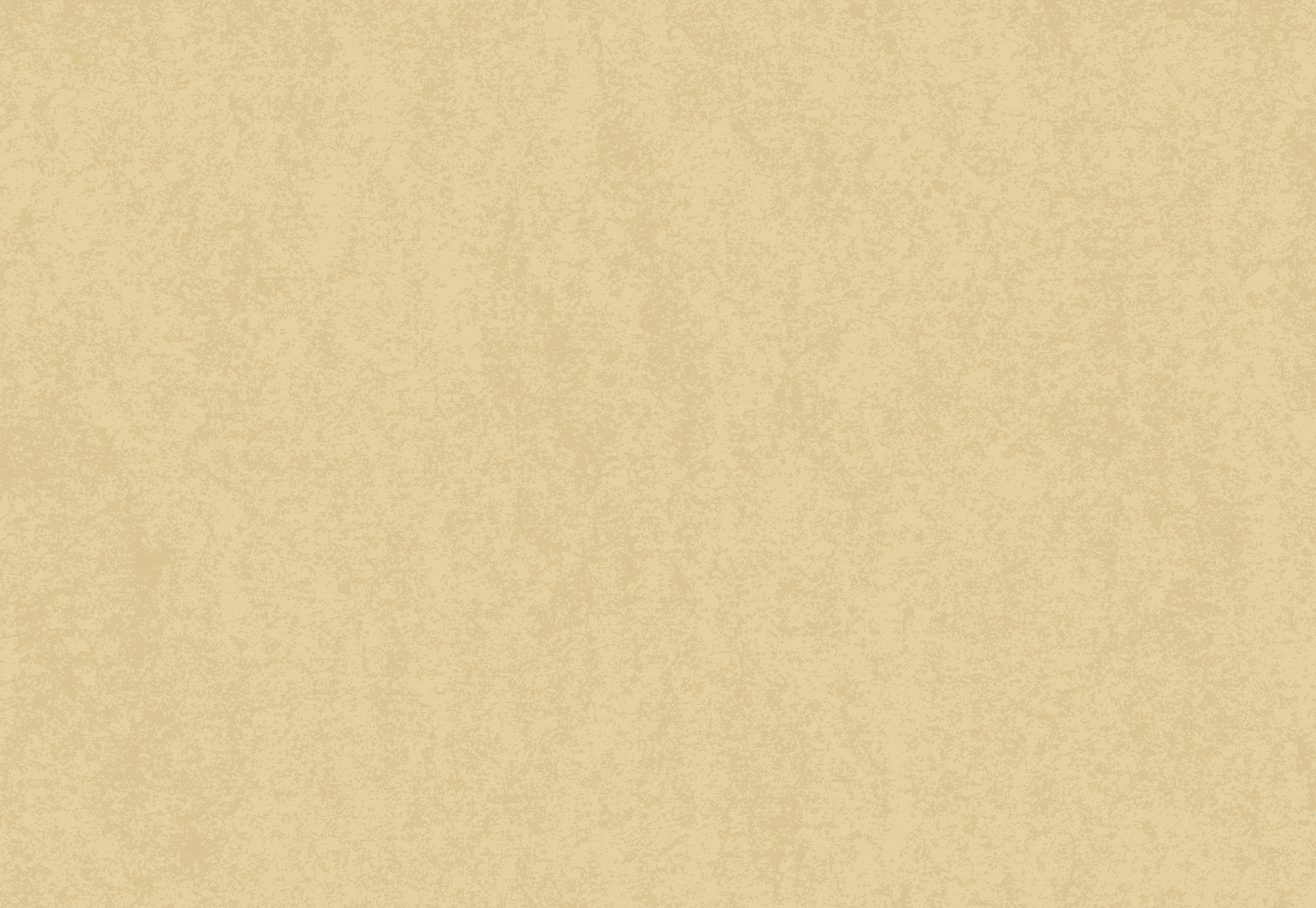Web designing is a key component of establishing a successful online presence. In a world where digital interactions shape much of the way businesses communicate with their audiences, having an effective website is crucial. Web design is not simply about aesthetics; it is about creating a functional, user-friendly, and engaging experience that effectively represents a brand’s identity. The goal is to combine design, content, and technical elements in a way that enhances usability and meets the needs of the target audience.
One of the core principles of web designing is creating a seamless user experience. A website should be easy to navigate, ensuring that visitors can find what they need quickly. Whether it’s through clear menus, intuitive layout, or well-organized content, the design must https://casinocomp.co.uk guide the user’s journey across the website. If a visitor struggles to find the information they’re looking for, they are more likely to leave and look elsewhere. Good web design focuses on simplicity, prioritizing usability without overwhelming the user.
The layout of a website is also essential. A well-structured layout provides a clean and organized presentation of information. The layout must support the content, allowing it to flow naturally from one section to the next. The goal is to make sure that the website looks aesthetically pleasing, but also functions efficiently. A good web design ensures that text is legible, images are appropriately placed, and the overall structure makes it easy for the user to navigate through different pages.
Color plays an important role in web design, as it can influence the emotions and behavior of users. Different colors evoke different feelings, and choosing the right palette can help convey the message a website is trying to communicate. For example, blue tends to evoke trust and calmness, which makes it a popular choice for corporate and health websites, while brighter colors like red and orange can trigger excitement and urgency. Choosing complementary colors that align with the brand’s identity is key to establishing a professional look.
Typography is another crucial factor in web designing. The fonts chosen should not only be legible but should also reflect the brand’s voice. For example, a formal business website may use classic serif fonts, while a creative agency might opt for more modern or artistic typography. Consistency in font usage is vital—too many different styles can make a website appear cluttered and disorganized. Proper spacing, line height, and font sizes also contribute to making the content easy to read and aesthetically pleasing.
Responsive design is increasingly important in today’s digital landscape. With more and more users accessing websites from mobile devices, it’s essential that websites are designed to adapt to different screen sizes. Responsive design ensures that the website looks great on any device, from desktops to smartphones, providing an optimal experience for all users. Websites that are not optimized for mobile devices risk losing traffic and negatively impacting their SEO ranking.
Finally, the visual elements, including images, videos, and graphics, should enhance the overall design and content of the website. High-quality images that are relevant to the brand can make a website more engaging, but excessive or poorly chosen visuals can slow down load times and detract from the user experience. It’s important for web designers to find a balance between high-quality visuals and website performance.
In conclusion, web designing is about much more than just creating an attractive website. It involves combining various elements such as layout, color, typography, and functionality to create a seamless user experience. A well-designed website can increase engagement, improve user satisfaction, and ultimately drive business success.
Related Posts
Unlocking Minds Through Meaningful Education
Education is one of the most powerful tools for shaping…
Exploring the Thriving World of Online Gaming
Online gaming has become one of the most popular forms…
The Invisible Thread of Fashion’s Creative Pulse
Fashion designing is a remarkable blend of artistry, culture, and…
